Learn : Health & Wellness
Microbiome And Its Relationship To Health
Microorganisms are life forms that are so small we cannot see them with the naked eye; we need a microscope to see them. Microorganisms live in all habitats, and some of them are best known for their ability to make us sick. For example, human pneumonia is often caused by the bacterium Streptococcus
Each member of the microbiota has its own collection of genes. Just as in humans, genes are the instruction set for making and maintaining individual organisms. Each microbial species has its own set of genes. The collection of genes within the microbiota is the microbiome. This collection of genes is vast and, in the human gut habitat, outnumbers the number of human genes1. Scientists can “read” these microbial genes using sequencing techniques to identify the microbial community in a given habitat.
Microbiome relationship to overall health
One habitat teeming with microorganisms is the animal gut. All animals, including humans, pets (dogs, cats, etc.), domesticated livestock (cows, sheep, etc.), and wild animals (hawks, deer, spiders, etc.) support an incredible number of microbes in their guts. In fact, current estimates suggest that the number of microbial cells in the human gut is approximately equal to the number of human cells2. Without these microbes, animals would be unable to digest all of their food or develop a fully functional immune system.
The microbiome has an extremely wide impact on health
Microbes living in and on animals can affect animal health in a variety of ways. Some microbes are essential for health. For example, in the gut, microbes assist with digestion3. On the skin, microbes may be important for preventing allergy4. In contrast, some microbes are not good for health, potentially making an animal sick, or in the case of microbes living in the mouth, may affect the development of periodontal disease5,6. Although microbes with these extreme effects exist, most microbes are somewhere in between: some of them are slightly beneficial, some of them have no effect at all, and others are partially detrimental but not bad enough to make the animal sick. This gets even more complicated when we think about microbes affecting each other and how those microbial interactions may change the outcome with respect to animal health. For example, microbe X may help with food digestion only if microbe Y is absent. However, if microbe Y colonizes the gut, microbe X produces a toxin to kill microbe Y, and this toxin inadvertently causes inflammation of the intestinal walls.
Conditions that affect gut health
According to recent studies, disruptions to
Disrupting the microbiota is often unavoidable, and thus, in order to prevent loss of beneficial gut microbes, we need to do all we can to improve their ability to return their guts to a healthy, pre-antibiotic state.
Microbiome relationship to nutrition
The microbes in the gut help with digestion3, which means that they eat what their animal “host” eats. Thus, animal diet and nutrition has a strong impact on
We cannot completely answer these questions until scientists conduct more research. But we do know that certain components of diet affect particular members of the gut microbiota in dogs and cats. For example, the amount of protein and carbohydrates that dogs and cats eat can steer the gut microbiota towards having more bacteria of the Firmicutes type19. Too much protein might negatively alter the gut microbiota and impact dog health20. Experiments with potato fiber in dog diets have shown that this fiber source resulted in “favorable fermentation,” butyrate production, and increased abundances of “good” gut bacteria21,22. Examining gut bacteria by “reading” their DNA sequences has now become much more affordable, paving the way for more studies to test particular dietary components for their effects on gut microbiota and overall health. Moreover, pet parents can also have the gut microbiota of their pets characterized in order to improve pet diet and overall health.
References
- Qin J, Li R, Raes J, Arumugam M, Burgdorf KS, Manichanh C, et al. A human gut microbial gene
catalogue established by metagenomic sequencing. Nature. 2010;464: 59–65.doi :10.1038/nature08821 - Sender R, Fuchs S, Milo R. Are We Really Vastly Outnumbered? Revisiting the Ratio of Bacterial to Host Cells in Humans. Cell. 2016;164: 337–340.
doi :10.1016/j.cell.2016.01.013 - Flint HJ, Scott KP, Duncan SH, Louis P, Forano E. Microbial degradation of complex carbohydrates in the gut. Gut Microbes. 2012;3: 289–306.
doi :10.4161/gmic.19897 - Rodrigues Hoffmann A, Patterson AP, Diesel A, Lawhon SD, Ly HJ, Elkins Stephenson C, et al. The skin microbiome in healthy and allergic dogs. PLoS One. 2014;9: e83197.
doi :10.1371/journal.pone.0083197 - Davis EM. Gene Sequence Analyses of the Healthy Oral Microbiome in Humans and Companion Animals. J Vet Dent. 2016;33: 97–107.
doi :10.1177/0898756416657239 - Adler CJ, Malik R, Browne GV, Norris JM. Diet may influence the oral microbiome composition in cats. Microbiome. 2016;4: 23.
doi :10.1186/s40168-016-0169-y - Suchodolski JS, Dowd SE, Wilke V, Steiner JM, Jergens AE. 16S rRNA gene pyrosequencing reveals bacterial dysbiosis in the duodenum of dogs with idiopathic inflammatory bowel disease. PLoS One. 2012;7: e39333.
doi :10.1371/journal.pone.0039333 - Kalenyak K, Isaiah A, Heilmann RM, Suchodolski JS, Burgener IA. Comparison of the intestinal mucosal microbiota in dogs diagnosed with idiopathic inflammatory bowel disease and dogs with food-responsive diarrhea before and after treatment. FEMS Microbiol Ecol. 2018;94.
doi :10.1093/femsec/fix173 - Vázquez-Baeza Y, Hyde ER, Suchodolski JS, Knight R. Dog
and human inflammatory bowel disease rely on overlapping yet distinct dysbiosis networks. Nat Microbiol. 2016;1: 16177.doi :10.1038/nmicrobiol.2016.177 - Minamoto Y, Otoni CC, Steelman SM, Büyükleblebici O, Steiner JM, Jergens AE, et al. Alteration of the fecal microbiota and serum metabolite profiles in dogs with idiopathic inflammatory bowel disease. Gut Microbes. 2015;6: 33–47.
doi :10.1080/19490976.2014.997612 - Craig JM. Atopic dermatitis and the intestinal microbiota in humans and dogs. Vet Med Sci. 2016;2: 95–105.
doi :10.1002/vms3.24 - Handl S, German AJ, Holden SL, Dowd SE, Steiner JM, Heilmann RM, et al. Faecal microbiota in lean and obese dogs. FEMS Microbiol Ecol. 2013;84: 332–343.
doi :10.1111/1574-6941.12067 - Bell ET, Suchodolski JS, Isaiah A, Fleeman LM, Cook AK, Steiner JM, et al. Faecal microbiota of cats with insulin-treated diabetes mellitus. PLoS One. 2014;9: e108729.
doi :10.1371/journal.pone.0108729 - Myers SP. The causes of intestinal dysbiosis: a review. Altern Med Rev. 2004;9: 180–197. Available: http://anaturalhealingcenter.com/documents/Thorne/articles/intestinal_dysbiosis9-2.pdf
Estaki M, Quin C, Gibson DL. Diet and dysbiosis. In: Nibali L, Henderson B, editors.The Human Microbiota and Chronic Disease. Hoboken, NJ, USA: John Wiley & Sons, Inc.; 2016. pp. 443–465.doi :10.1002/9781118982907.ch29- Curtis M. An introduction to microbial dysbiosis. In: Nibali L, Henderson B, editors.
The Human Microbiota and Chronic Disease. Hoboken, NJ, USA: John Wiley & Sons, Inc.; 2016. pp. 37–54.doi :10.1002/9781118982907.ch2 - Turnbaugh PJ, Ridaura VK, Faith JJ, Rey FE, Knight R, Gordon JI. The effect of diet on the human gut microbiome: a metagenomic analysis in humanized gnotobiotic mice. Sci Transl Med. 2009;1: 6ra14.
doi :10.1126/scitranslmed.3000322 - Winglee K, Fodor AA. Intrinsic association between diet and the gut microbiome: current evidence. Nutr Diet Suppl. 2015;7: 69–76.
doi :10.2147/NDS.S62362 - Li Q, Lauber CL, Czarnecki-Maulden G, Pan Y, Hannah SS. Effects of the Dietary Protein and Carbohydrate Ratio on Gut Microbiomes in Dogs of Different Body Conditions. MBio. 2017;8.
doi :10.1128/mBio.01703-16 - Pinna C, Vecchiato CG, Zaghini G, Grandi M, Nannoni E, Stefanelli C, et al. In vitro influence of dietary protein and fructooligosaccharides on
metabolism of canine fecal microbiota. BMC Vet Res. 2016;12: 53.doi :10.1186/s12917-016-0672-1 - Panasevich MR, Kerr KR, Dilger RN, Fahey GC Jr, Guérin-Deremaux L, Lynch GL, et al. Modulation of the
faecal microbiome of healthy adult dogs byinclusion of potatofibre in the diet. Br J Nutr. 2015;113: 125–133.doi :10.1017/S0007114514003274 - Panasevich MR, Rossoni Serao MC, de Godoy MRC, Swanson KS, Guérin-Deremaux L, Lynch GL, et al. Potato fiber as a dietary fiber source in dog foods. J Anim Sci. 2013;91: 5344–5352.
doi :10.2527/jas.2013-6842


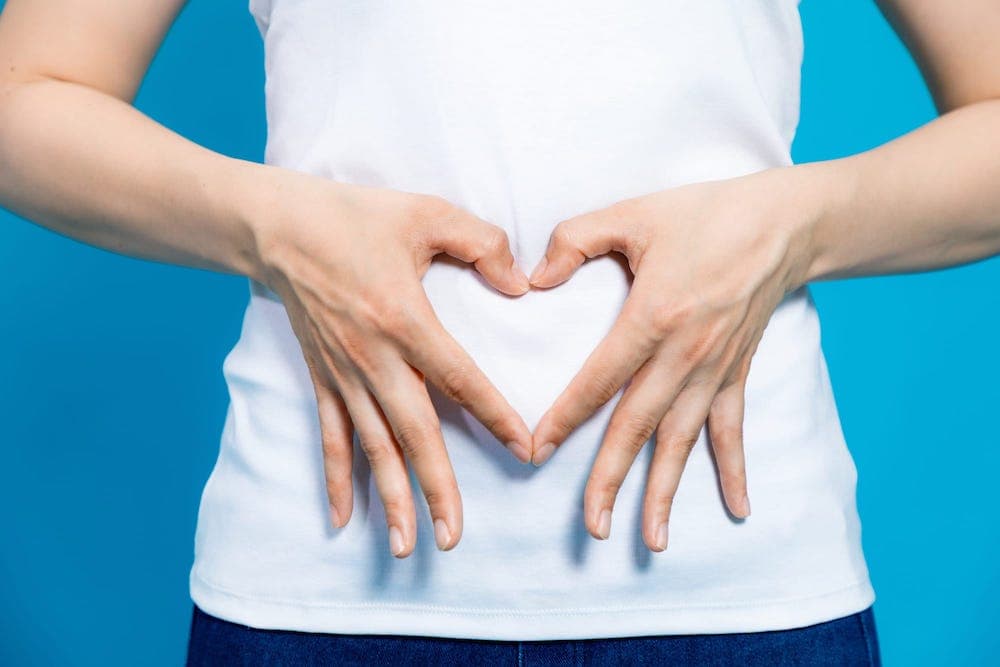
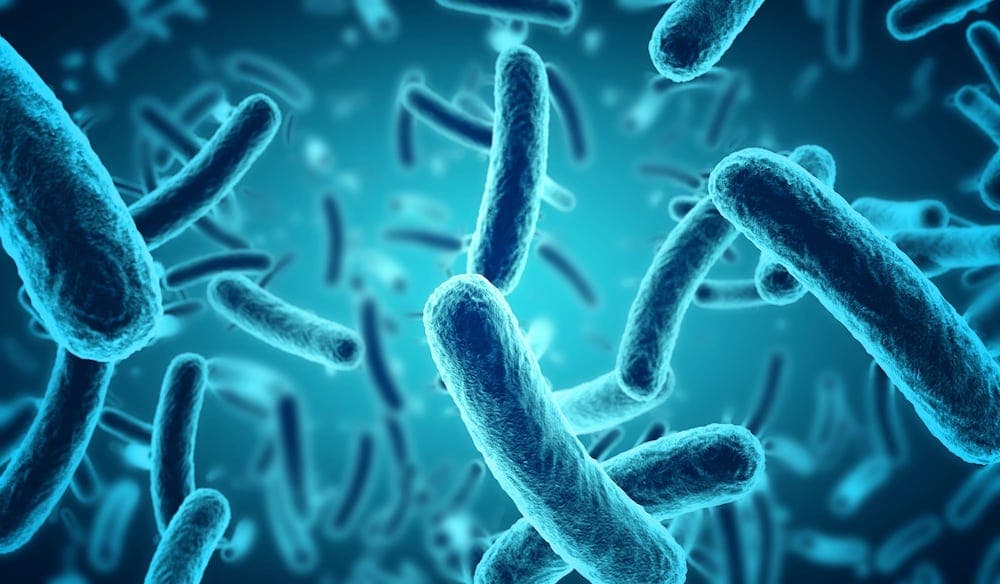 Microbiome And Pet Health
Microbiome And Pet Health
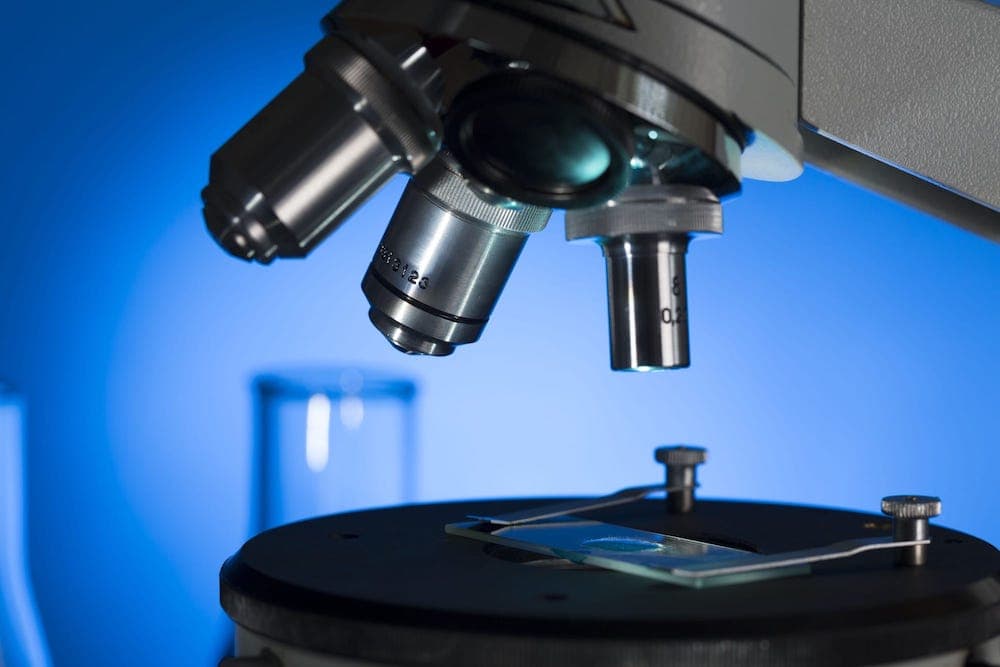 Evolution of Microbiome Research
Evolution of Microbiome Research
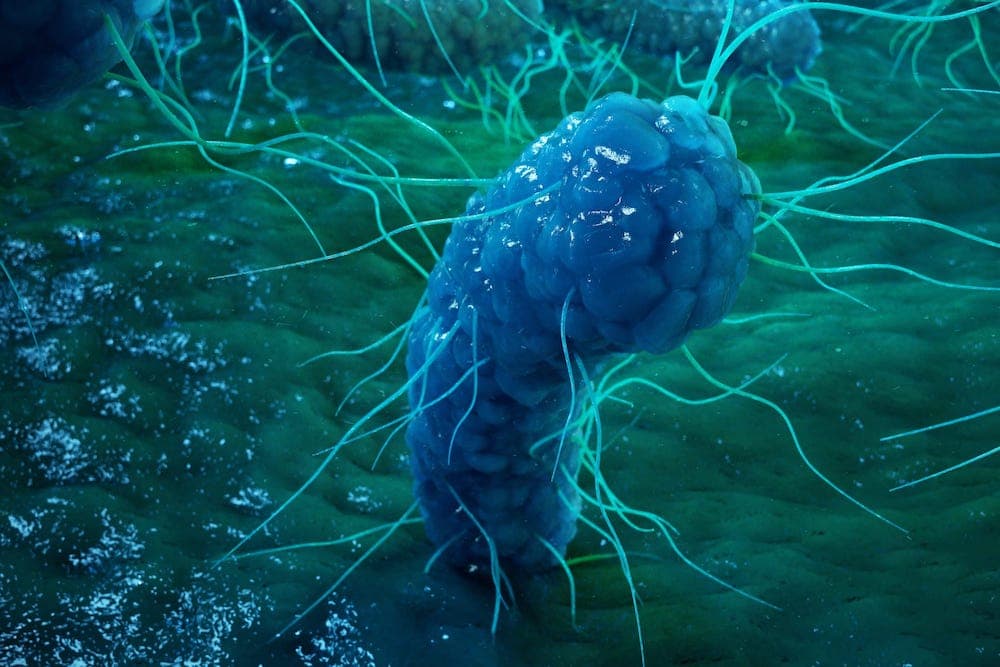 Microbes in the Gut
Microbes in the Gut
 Microbiome Diversity
Microbiome Diversity
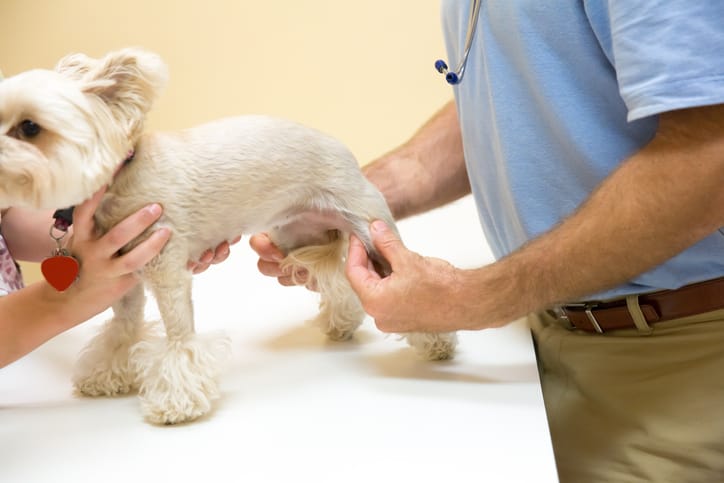 The Microbiome and Your Pet's Joints
The Microbiome and Your Pet's Joints
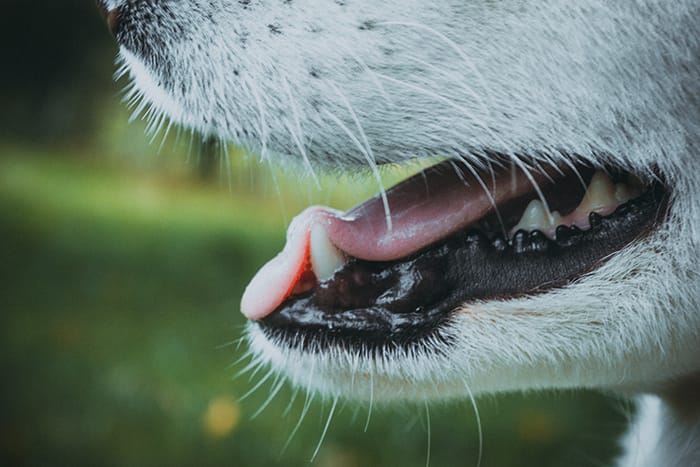 The Microbes in Your Pet's Mouth
The Microbes in Your Pet's Mouth